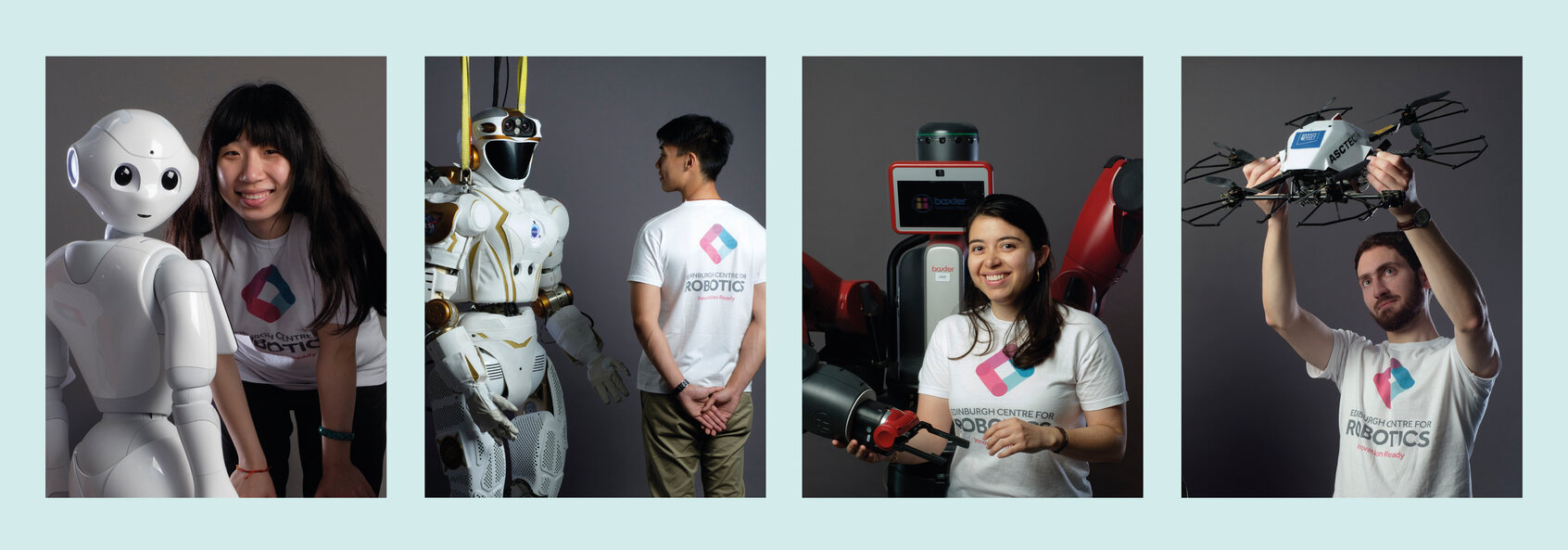Dr Paola Ardón Ramírez
Robotic cognitive manipulation methods aim to imitate the human-object interactive process. Most of the of the state-of-the-art literature explore these methods by focusing on the target object or on the robot's morphology, without including the surrounding environment. Most recent approaches suggest that taking into account the semantic properties of the surrounding environment improves the object recognition. When it comes to human cognitive development methods, these physical qualities are not only inferred from the object but also from the semantic characteristics of the surroundings. Thus the importance of affordances. In affordances, the representation of the perceived physical qualities of the objects gives valuable information about the possible manipulation actions. Hence, our research pursuits to develop a cognitive affordances map by (i)~considering the object and the characteristics of the environment in which this object is more likely to appear, and~(ii)~achieving a learning mechanism that will intrinsically learn these affordances from self-experience.
My area of research interest is on human-robot collaboration in home environments. In order to achieve these applications autonomy in humanoid robots is essential, specially for small tasks such as grasping. Hence the to improve grasp affordances, specially in dynamic environments. My previous education includes a master degree on Computer Vision and Robotics, a bachelor's degree on Electrical and Computer Engineering as well as a minor in Business Administration. I have acknowledge on image segmentation, visual servoing, machine learning techniques, optimization, localization and path planning. In industry I worked as a VAP O&M Engineer on monitoring and maintenance of value added platforms (software and hardware).


